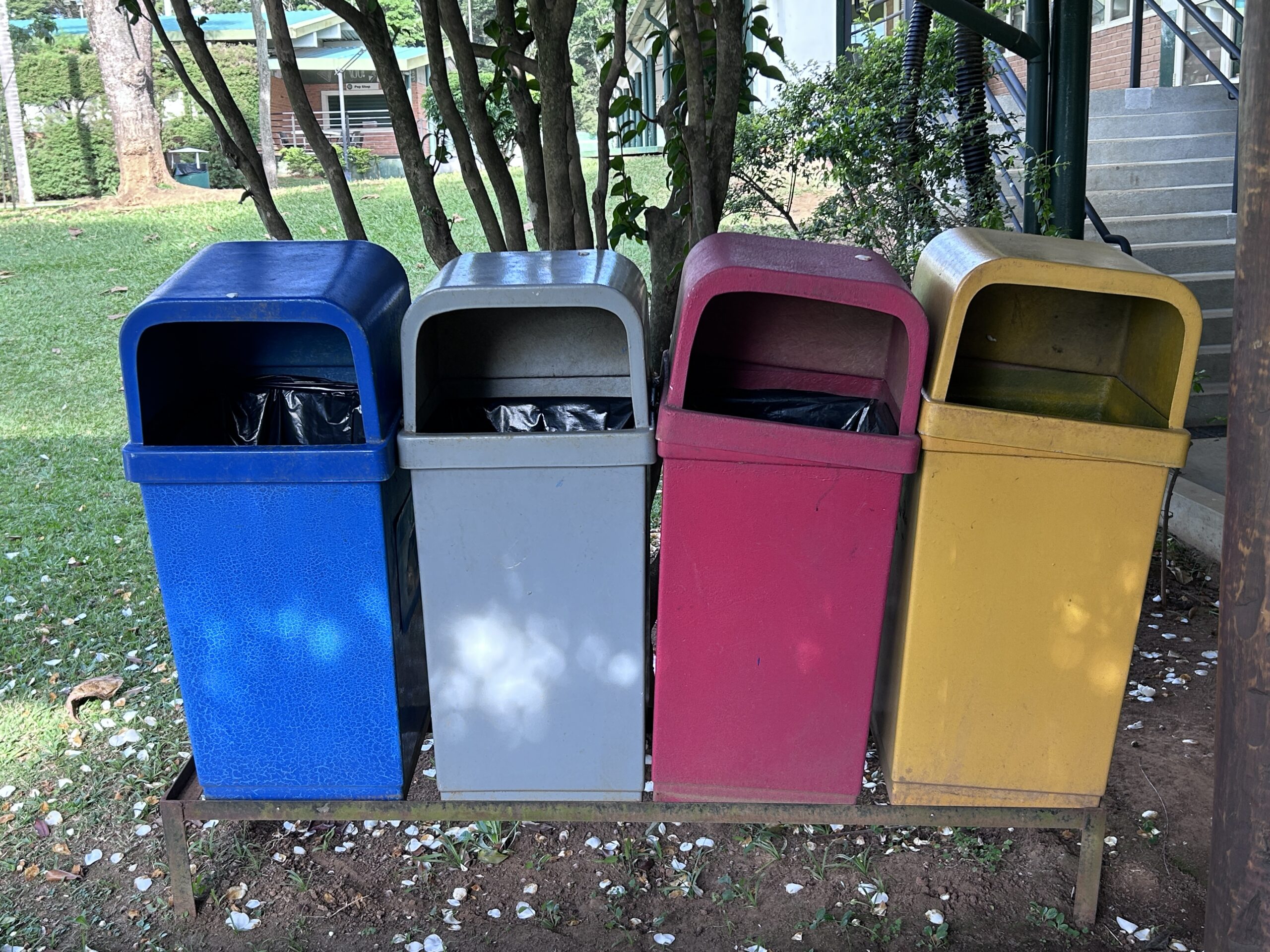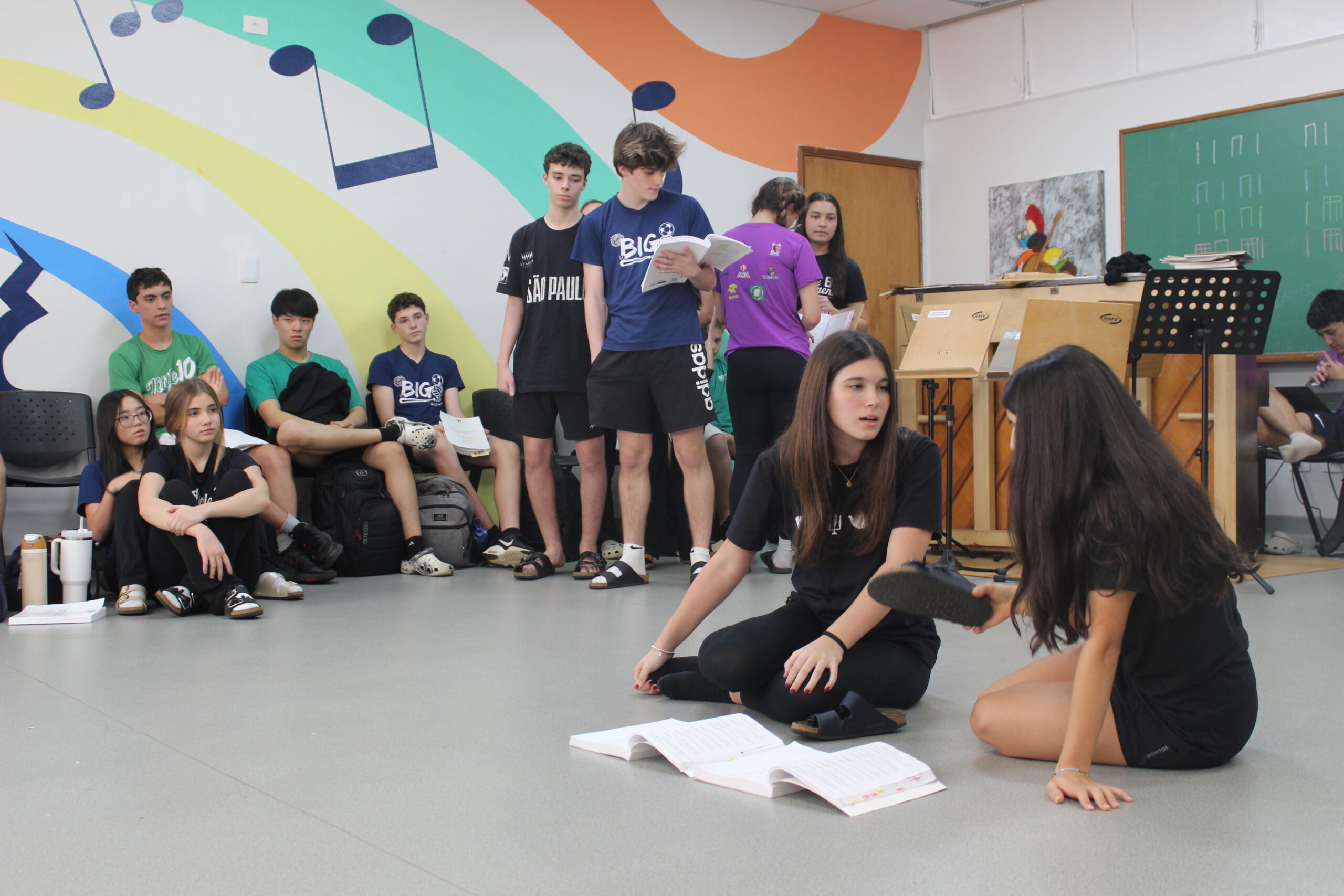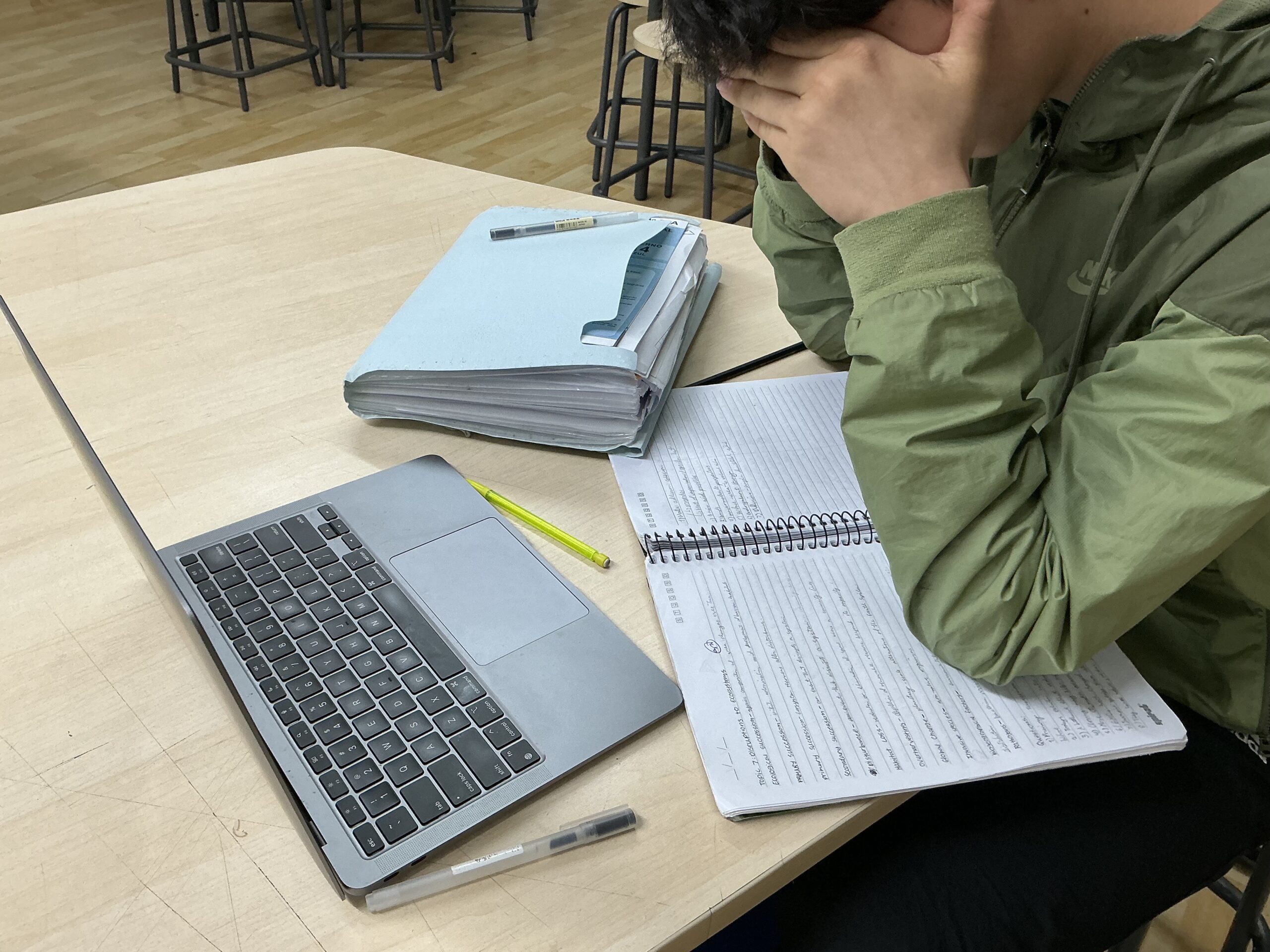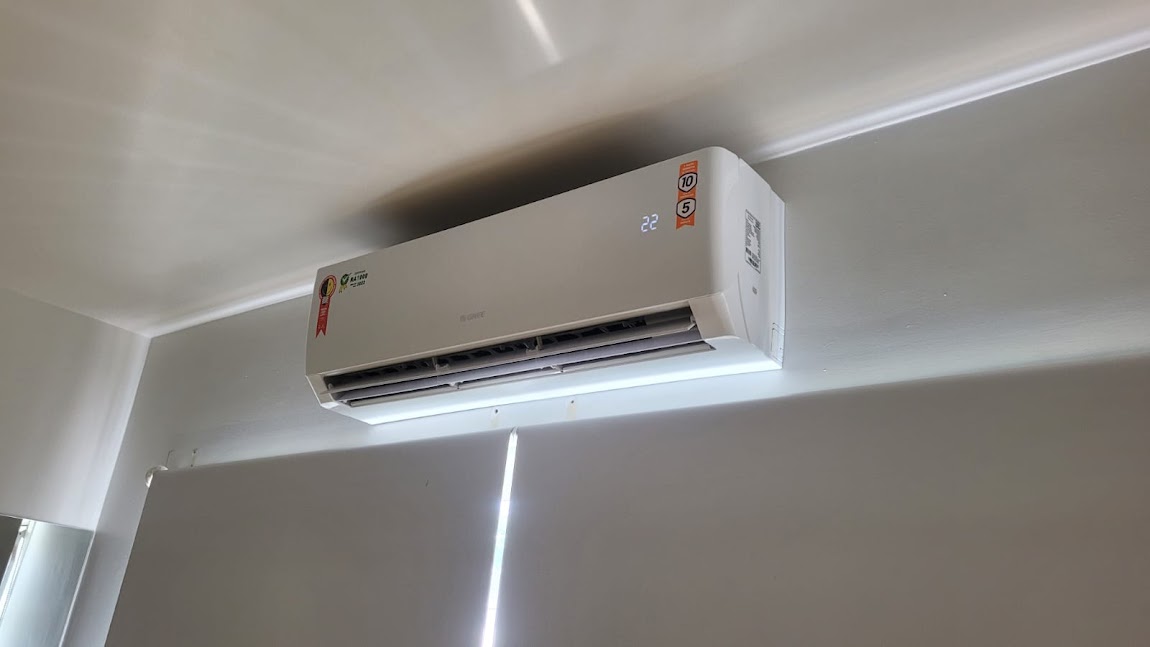Caption: PACA provides colored recycable bins outside the cafeteria to help students organize the items they are recycling. [by Isabella Kim]
by Isabella Kim
“It is our collective and individual responsibility to preserve and tend to the world in which we all live,” said Dalai Lama, the spiritual leader of Tibetan Buddhism.
And he is entirely correct.
Do we have the right to sit back and watch as the world we live in wither and die? It’s not only our duty but our mission to restore Earth back to what it was. You don’t have to give away insane amounts of money, or invest in projects to preserve earth, just the simple act of recycling can make a huge difference.
Because of the rapid increase in population and advances in technology, the amount of waste we produce has also increased. When we throw away trash, it’s either sent to a landfill, where all the trash is left to decompose, or to incinerators, where the trash is burnt and converted to energy. At first glance, both are brilliant and viable options, but in truth, they both harm the environment. Not all trash decomposes within the year, and when it does, some, if not all, release multiple pollutants and toxins both harmful to the environment and human health.
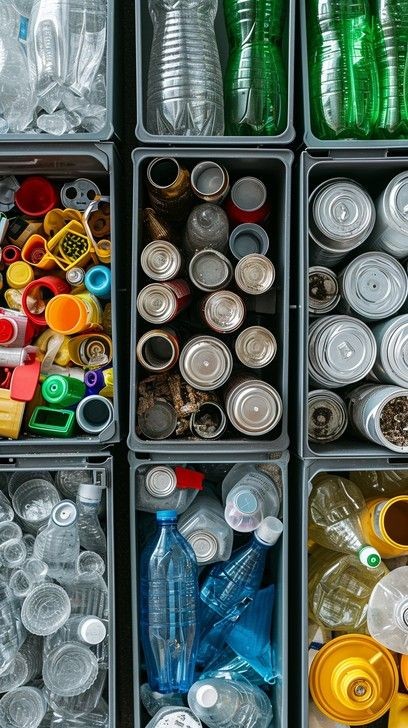
Caption: Recyclable trash separated in containers.[ provided by StockCake]
When waste is incinerated, it releases harmful chemicals such as lead and mercury (which can cause neurological diseases), particulate matter (which can cause lung and heart diseases), PFAS and dioxins (which can cause cancer). Not only that but, when burning waste, significant amounts of CO2 are released into the atmosphere, contributing to the greenhouse effect.
So what other options are there? The answer to that is: recycling.
Recycling, according to the United States Environmental Protection Agency, is the “process of collecting and processing materials that would otherwise be thrown way as trash and turning them into new products.”
By throwing away materials that can be recycled in the designated bin, you prevent sending it to a landfill or to an incinerator.
Recycling also saves energy and resources. How? When making products such as paper, plastic and metal, the process of extracting the raw materials to make them consumes substantial amounts of energy compared to recycling.
This is because “recycled products usually require much less processing to turn them into usable items compared to products made from scratch.”
Some might argue that recycling is too costly, whether it means the recycling process itself or the resources it would take to make recycling possible everywhere around the world. Yes, it is true, it might be costly, but in the long run it will significantly improve the world we live in. It will improve our air quality, our health and make the world a much more comfortable place to live in.
By recycling, not only would we waste less energy and money by extracting raw materials, but we would also be improving air quality and making earth a safer (as in health related risks) place. Just by taking that initiative of throwing your trash away in the right bin could save the environment.
So after you eat your lunch try and throw away your napkin and your leftovers each in their own bin. Maybe after eating your banana, throw it away in the right trash can. It’s the little things that can save the world.










